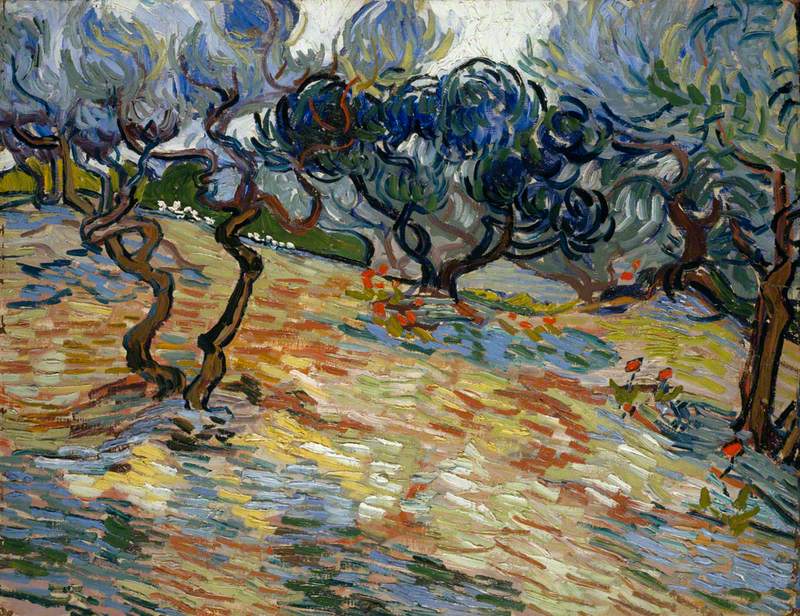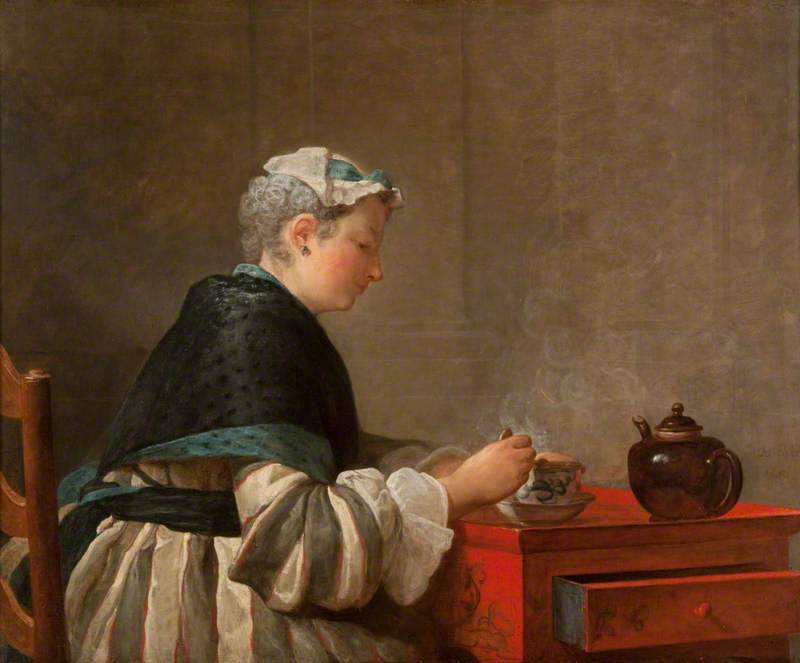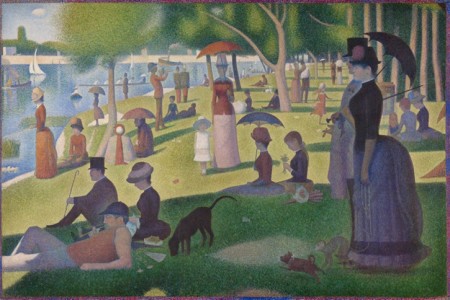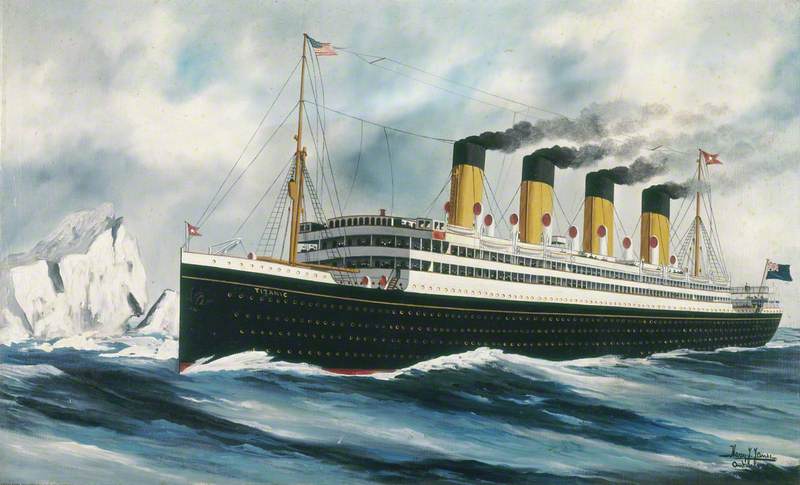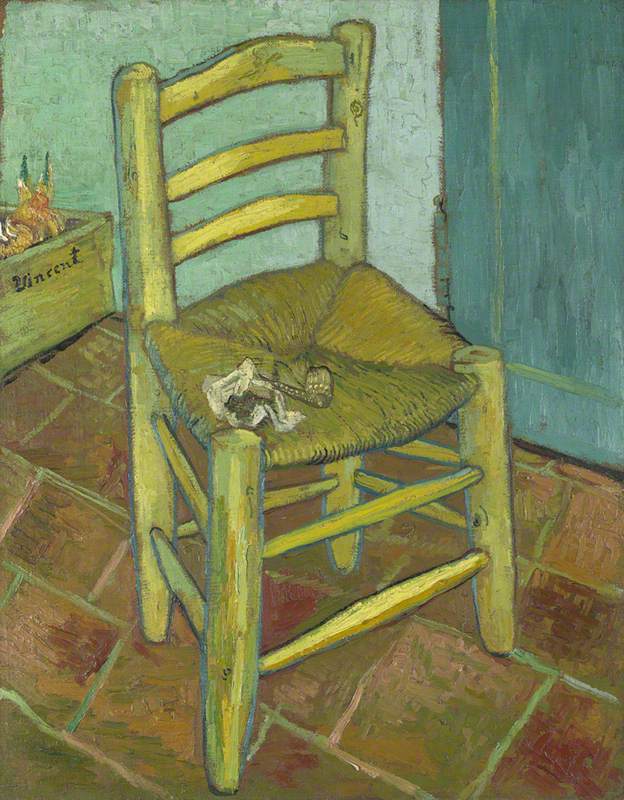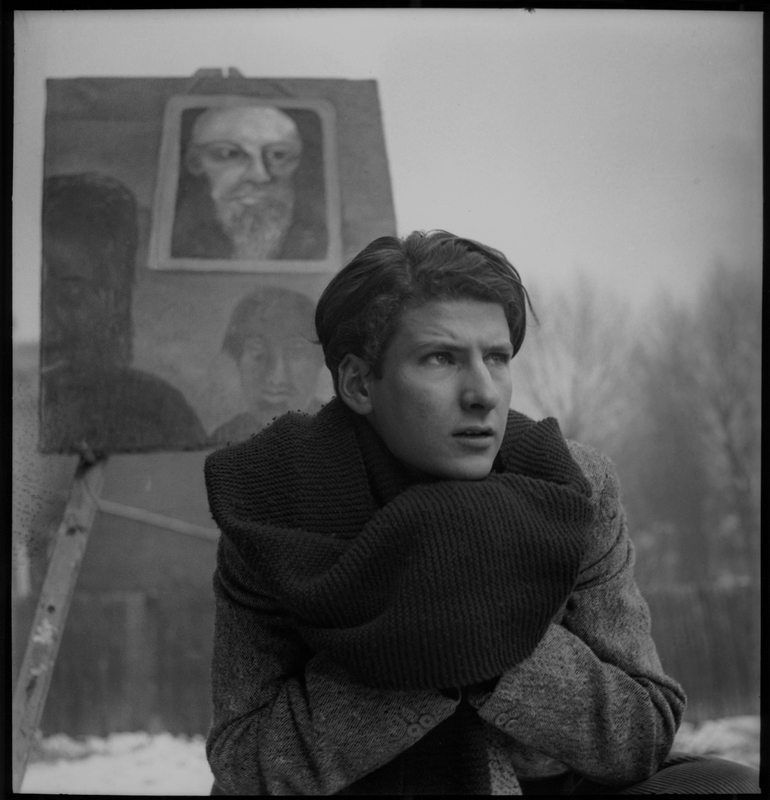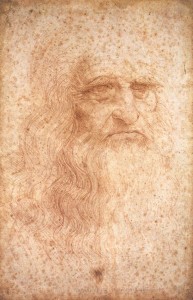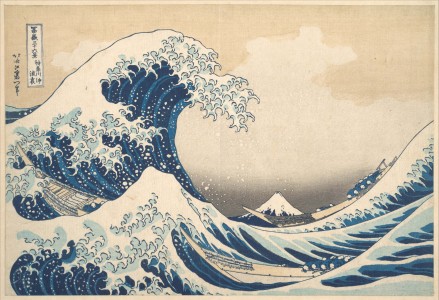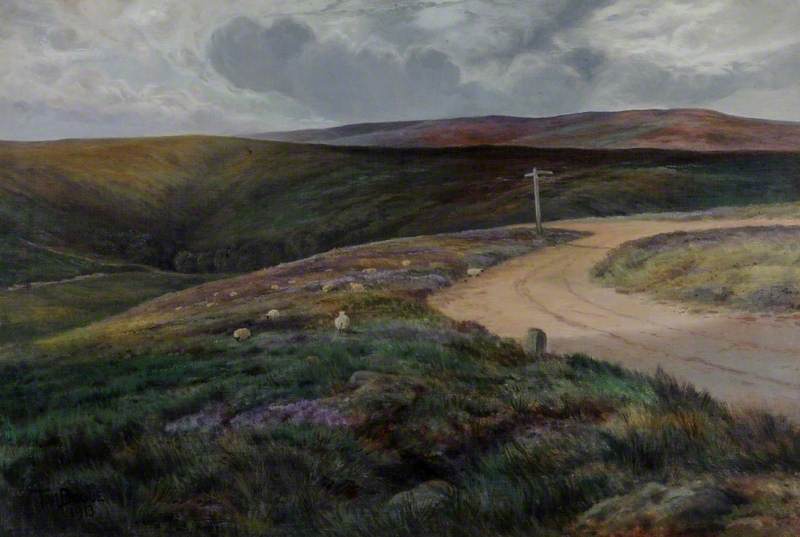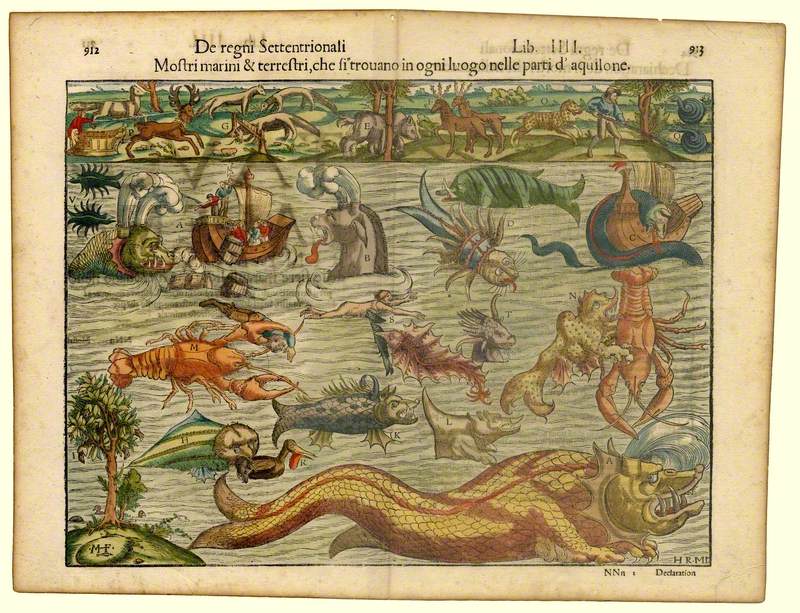There has been a huge change in the digital era in recent years. The extraordinary proliferation of TV channels changed most major broadcasters for the worse – and put even more pressure on the very areas I loved: classical music, art, properly researched history and social films. At the same time, however, the digital revolution opened up cinema – and that really has been revolutionary. In the old days of 35mm or 16mm film distribution, it was effectively impossible for our films to be seen in countries like South Africa, Chile, Azerbaijan, Korea and so on.
Filming 'Vincent van Gogh: A New Way of Seeing'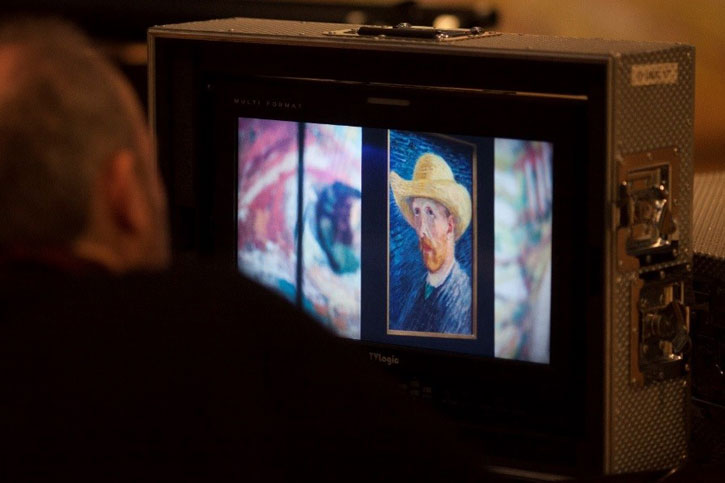
Now, thanks to digital technology, in over 60 countries our films are seen in wonderful HD quality that frankly is as good as it ever needs to be. Our new season, which will look in-depth at the life and works of Leonardo da Vinci, Lucian Freud, Frida Kahlo and some of the great artists who tell the story of Easter in their art, will be in cinemas worldwide from autumn 2019.
If you miss the screening near you, you can also stream, download or purchase DVDs of our films on our website – as well as view exclusive clips and extra behind-the-scenes footage – from the comfort of your home.
David Bickerstaff filming the Rothschild Bronzes at The Fitzwilliam Museum, Cambridge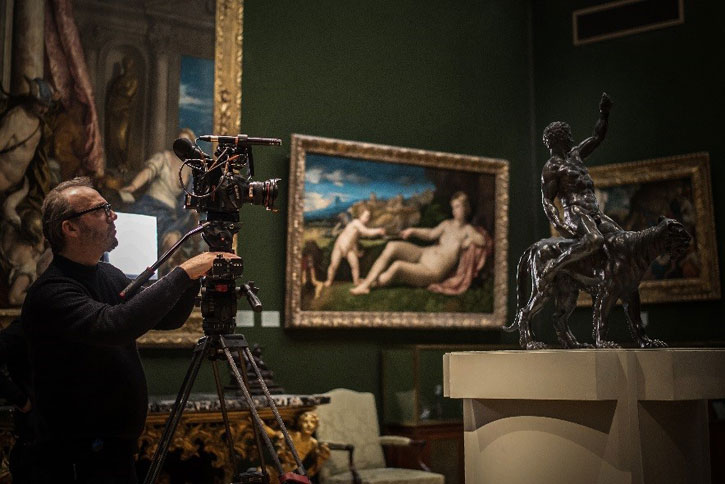
We're all extremely fortunate that technology has changed so much for the better over the last decade; the cinema is the most wonderful place to spend in the company of some of the world's greatest ever artists and art – allied to powerful storytelling, specially commissioned soundtracks and award-winning cinematography. This makes it a win-win in so many ways.
The Guardian called what we do 'a global phenomenon' which is nice to hear, albeit somewhat exaggerated – but what is global is our shared love of great art and great stories. We have both. We are on our way to three million tickets sold and I think we are still only scratching the surface of our potential audience.
Phil Grabsky filming Monique Faillard at Mont Saint-Victoire for 'Cézanne – Portraits of a Life'
I had been making art documentaries for television channels for some years before Exhibition on Screen. We had grown to become the world's leading independent producer of art films for TV. But these new technologies created and allowed for a real demand by cinema-going audiences for documentaries – including cultural films. That meant opera, ballet and theatre, but I saw the opportunity for art. I felt we could offer something really special in the cinema – a landmark exhibition that you may have missed, behind-the-scenes access that you won't get and a full cinematic biography of an artist or artistic period.
The idea came to me in 2009 and our first film was in 2011 with Leonardo Live. For that first film, we had to shoot live from The National Gallery in London as the cinema chain in the UK who agreed to show the film thought 'live' was the key to success. The whole 'live' process was a horror, to be honest, but we managed. The film was indeed a great success and fortunately everyone agreed it wasn't the live element that mattered – it was the access to the art and the stories behind it.
David Hockney at the Royal Academy of Arts: 'A Bigger Picture' and '82 Portraits and 1 Still-life'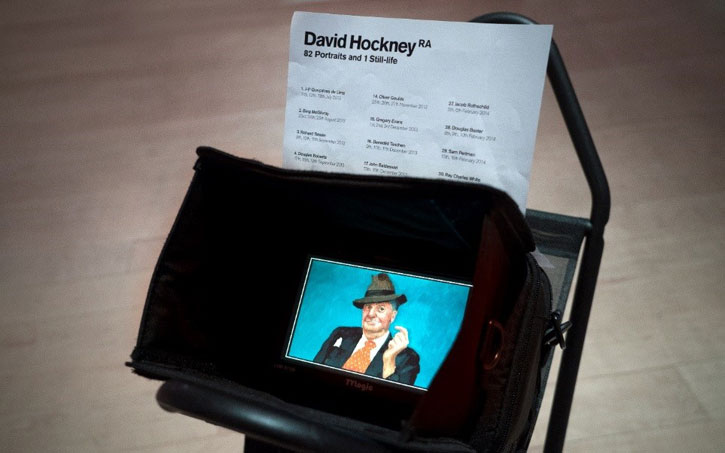
In the first instance, I and my team keep up-to-date on upcoming exhibitions which could be suitable for an Exhibition on Screen. When the exhibitions are chosen, there is a lot of communication with the museum – both by phone and in person. Once production begins, the proper research commences. This is the area that, in my opinion at least, has seen a decline, probably due to budgetary pressures since I started making films. I think it is absolutely essential to know your subject and know not just what the overall story is, but what are the subtexts too? One very key element, therefore, is to choose the right exhibitions or most interesting artists to make films about. We have to feel passionate to allow that to translate onto the screen.
It is unquestionable that sometimes too much fuss is made of 3D or 4K or whatever – none of that will cover a poorly conceived and executed film. Thus, it is not enough to just show the paintings on the big screen. Our audiences are smart and want much more than that. Moreover, there is so much choice these days that we have to stand out as the film to see that particular week. Therefore, the absolute first points-of-call are the paintings themselves and any correspondence from the artist. Museums have very specific visions that they hope to curate through their exhibitions. In an entertaining, moving and informative way, we are no different.
Film is an opportunity to go a step further than a guided tour or walk-through. We seek context and understanding, thread together by expert analysis, opinions of contemporary artists, biography, behind-the-scenes, all those nooks and crannies that one can't normally get to. One thing that especially fascinates me is hearing from the curators and understanding their ambitions for their exhibition. How long has it been in production? How do they decide what colour to paint the walls? How do they choose which paintings go where? We engage with the curators and we explore with them, challenge them and thread their views into the narrative.
Something I adore about film is its truly immersive nature – especially in a cinema with the lights down, your phone off and nowhere for your mind to go besides what is on screen in front of you. That's what art on-screen does: it makes people really look. It helps, of course, that the quality of what you can see on film has never been so good in all of human history. It's extraordinary when we get up close to a painting – the only other way you could see that detail is by standing directly in front of it with perfect lighting and a magnifying glass. We have the advantage that the artists and art we work with have some fascinating stories to be told.
Our current film release, Van Gogh & Japan, is an excellent example of this because, prior to the respective exhibition at the Van Gogh Museum in Amsterdam, very few people knew about the extraordinary influence Japan and Japanese art had on Van Gogh. Many still don't – which is why we're so excited to be telling that story at last.
The paintings we view on-screen might have been made one or 500 years ago but the narrative, emotional content and impact of that art remain just as important today. It doesn't matter what your nationality, age or demographic is. The reason these are great artists is because they communicate with everybody. I get emails and Facebook messages from Colombia, from India, from Russia, from Iceland.
There may be those in today's world who claim there is plenty that separates us. I think that art is something that unites us. People respond to these films in ways that are strikingly similar and I think that lies at the heart of what makes great art: it connects to us as humans in an emotional way, irrespective of who we are or where we live.
Phil Grabsky, Executive Producer of Exhibition on Screen
